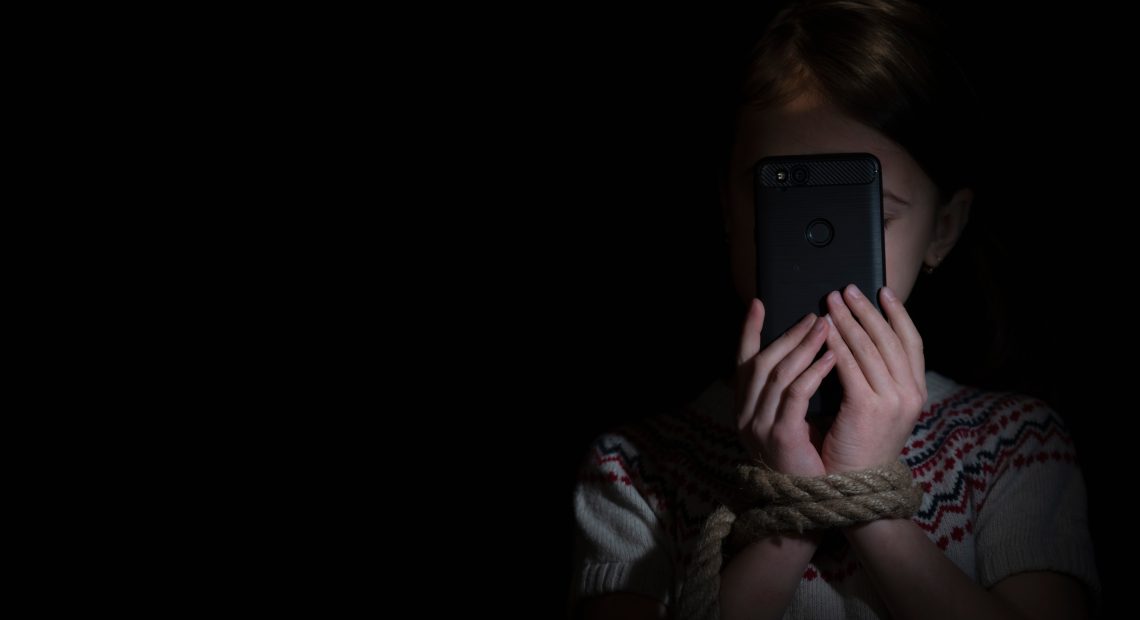
In an era dominated by digital devices, a growing movement champions the idea of a digital detox—a deliberate choice to break free from the shackles of screens and reconnect with the richness of life. Experts and scientists, including renowned professionals, are increasingly advocating for this practice as research highlights its potential benefits. Let’s explore the insights and examples that underscore the importance of disconnecting in order to truly reconnect.
The Expert Perspective:
Digital Minimalism Advocate – Dr. Cal Newport: Dr. Newport, a computer science professor and author of “Digital Minimalism,” argues for intentional technology use. He emphasizes the necessity of taking breaks from digital distractions to cultivate deep focus, foster genuine connections, and reclaim a sense of control over our lives.
Psychologist and Author – Dr. Sherry Turkle: Dr. Turkle, a psychologist and MIT professor, delves into the impact of constant connectivity on human relationships in her book “Reclaiming Conversation.” She sheds light on how the omnipresence of smartphones affects the quality of our interactions, advocating for a mindful digital approach to nurture authentic connections.
Scientific Insights:
Research from the University of California, Irvine suggests that a perpetual stream of digital information can lead to information overload and contribute to stress. Taking a break from screens has been linked to improved mental well-being, reduced stress levels, and heightened focus.
Embark on a transformative journey to liberate yourself from the digital hustle. Discover refreshing methods to initiate your digital detox, paving the way for a mindful and intentional connection with technology. Dive into these invigorating approaches, and unlock the door to a more balanced and fulfilling digital life.
1. The Unplugged Sanctuary:
Designate a specific room or corner in your home as a tech-free sanctuary. Allow this space to be a refuge where you can unwind, read a physical book, or engage in creative pursuits without the digital hum.
2. Tech Sabbatical Weekends:
Dedicate entire weekends to a tech sabbatical. Turn off your devices, venture outdoors, and immerse yourself in activities that ignite joy and connection with the analog world.
3. The Notification Diet:
Conduct a thorough audit of your notifications. Trim the excess by turning off non-essential alerts. This subtle shift will create a quieter digital space, reducing the constant urge to check your device.
4. Digital Vision Boarding:
Create a digital vision board of your aspirations, goals, and dreams. Engaging with positive and inspiring content deliberately curates your digital experience, making it a source of motivation rather than mindless scrolling.
5. Mindful Photo Capture:
Instead of incessant photo-taking, adopt a mindful approach. Allow yourself a limited number of photos per event, encouraging you to be fully present and engage in the experience without viewing it through a screen.
6. Analog Accountability Partner:
Enlist a friend or family member as an analog accountability partner. Share your digital detox goals and check in regularly to provide mutual encouragement and celebrate successes.
7. Digital Declutter Challenges:
Gamify the decluttering process by turning it into a challenge. Set specific, achievable goals for cleaning up your digital space, whether it’s organizing files, decluttering your inbox, or revisiting your app usage.
8. Screen-Free Night Routine:
Establish a screen-free routine before bedtime. Engage in calming activities such as reading a physical book, practicing gratitude, or jotting down reflections in a journal to enhance your sleep quality.
9. Nature-Infused Screen Breaks:
Incorporate screen breaks with a nature-infused twist. Take a stroll in the park, have a picnic, or simply sit and appreciate the outdoors without the distraction of digital devices.
10. Tech-Light Workouts:
Transform your workout routine into a tech-light experience. Opt for music without screens, podcasts, or the guidance of a fitness app. Allow physical activity to be a space for mindfulness and self-reflection.
11. Digital-Free Meals with a Twist:
Turn digital-free meals into a sensory experience. Experiment with new recipes, focus on the flavors, and savor each bite without the interference of screens.
12. Themed Unplugged Days:
Designate specific days for themed unplugged activities. Whether it’s a creativity day, a reading marathon, or a DIY project, infusing purpose into your screen-free time makes the experience more rewarding.
13. Analog Adventures with a Purpose:
Plan analog adventures with a purpose. Explore local cultural events, volunteer opportunities, or workshops that ignite your passions, fostering connections beyond the digital realm.
14. Tech Reflection Journal:
Keep a tech reflection journal. Note your feelings, experiences, and realizations during your digital detox journey. This introspective practice adds depth to your detox and helps you stay attuned to your evolving relationship with technology.
15. The Analog Hourglass Technique:
Embrace the analog hourglass technique for focused work. Set a physical hourglass timer for a specific task, allowing you to immerse yourself fully without the interruptions of digital timekeeping.











